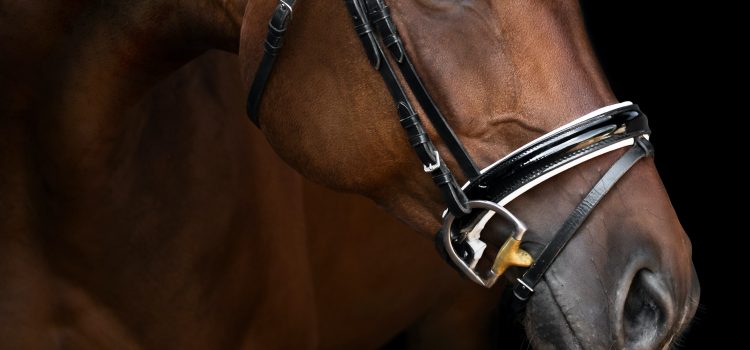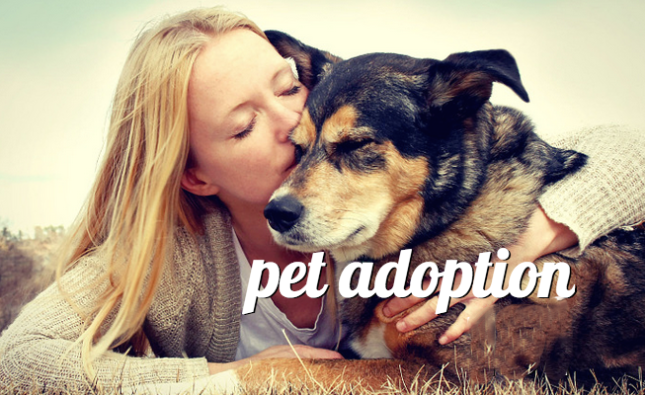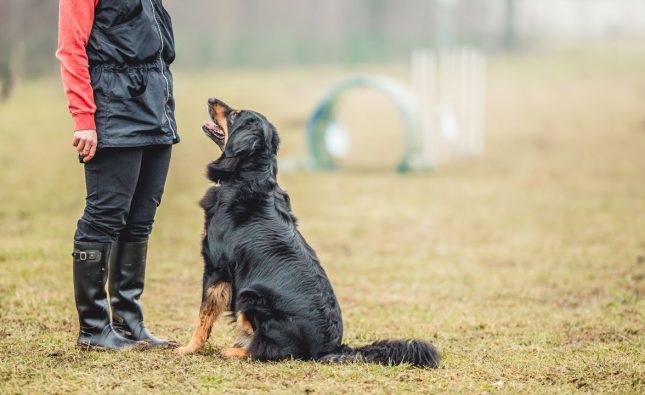
Horses are known for their beauty, strength, and grace. But have you ever stopped to consider the fascinating journey a female horse, or mare, goes through from birth to adulthood? From learning to stand on wobbly legs to becoming a valuable member of a breeding program, mares experience many stages of development. Let’s take a closer look at these stages and what they entail.
Birth: As with all horses, mares are born after an 11-month gestation period. Foals are born with a soft, curly coat and wobbly legs that take a few hours to become steady. They nurse from their dam, or mother, and start to develop their personalities.
Weaning: At about four to six months of age, foals are weaned from their dam and begin to eat solid food. They may be separated from their mothers and introduced to other young horses to socialize.
Yearling: At one year of age, a female horse is considered a yearling. At this stage, she is still growing and developing her musculature, and her teeth are starting to erupt. She may be introduced to training and groundwork exercises to prepare her for future riding.
Two-Year-Old: At two years of age, a female horse is referred to as a two-year-old. Her musculature and height will continue to develop, and she may be trained under saddle. Many horses begin racing at this age, although it is important to note that some breeds mature more slowly and may not be ready for this kind of training until they are older.
Maturity: At around four years of age, mares reach maturity and can begin to breed. They may be retired from racing or continue to compete in various disciplines. As they age, they may require different types of feed and care to maintain their health and well-being.
Retirement: As mares age, they may be retired from breeding and competition. They may be used as companion animals or retire to pasture to enjoy their golden years. It’s important to provide senior horses with specialized feed and care to ensure they stay healthy and comfortable.
In conclusion, the journey from foal to mare is a fascinating one. Mares experience many stages of development, from wobbly-legged newborns to valuable members of breeding programs. Understanding these stages can help us provide the best care for our equine companions and appreciate the beauty of their growth and development.










